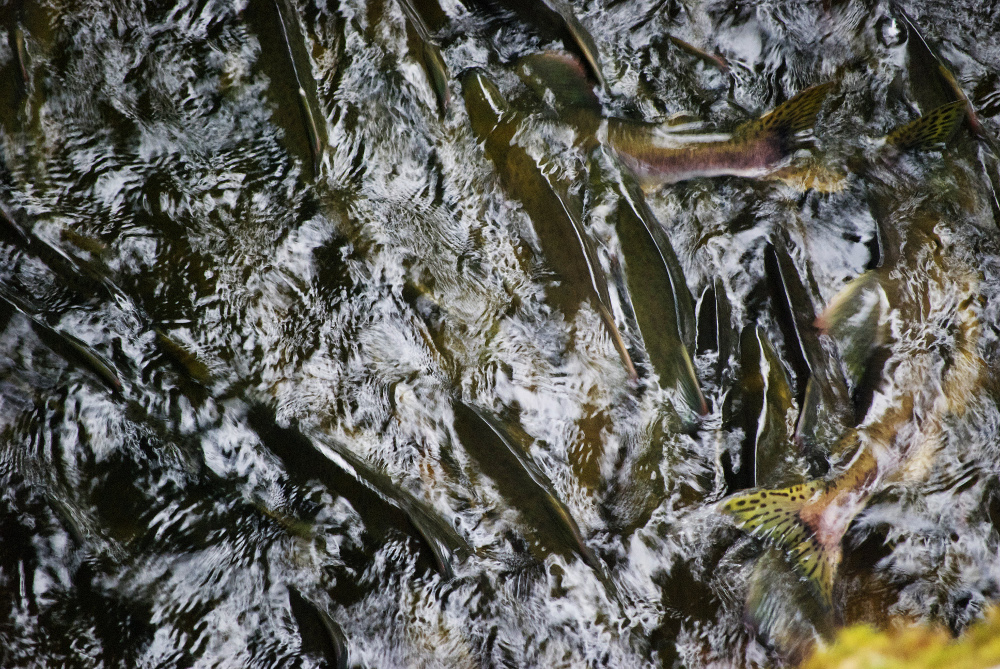
Next year’s catch of pink salmon in Southeast Alaska could come in a little below average, although that would be an improvement following several years of weak returns.
The Alaska Department of Fish and Game is forecasting a harvest of 28 million pinks in the region next summer. Andy Piston, the department’s pink and chum salmon project leader for Southeast, said that would still put the catch a little below the recent 10-year average.
“That forecast for 28 million harvest for 2021, that’s actually for an odd year that’s quite a bit below what we’ve seen in most recent years with the exception of 2019,” Piston said. “And in 2019, the parent year for 2021’s return, that was the first year in a long time where we saw a really poor odd-year harvest.”
Pink salmon spawn two years after they’re born. Southeast has been in a cycle of weak returns for even years but better numbers in the odd years. This year’s catch wound up at 8.1 million pinks, roughly the same harvest from two years ago. The region hasn’t seen catches that low since 1976.
Fish and Game’s forecast is based in part on trawl surveys that catch young pinks heading to sea each year. Those are conducted in partnership with NOAA Fisheries researchers in the northern panhandle.
Piston notes that the forecasts for five of the past six years have overshot the actual catches.
“What we’re doing with these trawl surveys is we’re basically measuring what survived all that fresh water and early marine mortality,” Piston explained. “So we’re just measuring the survivors that are making it out to the ocean. But once they’re past that, if you have factors out in the open ocean, you know once these fish got offshore, that increases mortality, that could result in us over forecasting.”
Unknown factors could include unusually warm waters the Gulf of Alaska has seen in recent years that have coincided with low returns. However, water temperatures this year have been closer to normal for the pinks heading to out sea this past spring.
“Right now if you look at sea surface temperatures in the Gulf, they’re pretty close to normal all through, off Southeast Alaska and through a lot of the northern Gulf, they’re within a half a degree or so of normal and there’s even a few patches of below normal water temperatures,” Piston said. “So hopefully, that gives me some hope that these fish are experiencing something a little more closer to average out there and hopefully we’ll see some improvements in marine survival with these fish.”
Inside waters in the northern panhandle especially have had poor returns for many recent even years as well as the parent year in 2019. The forecast assumes that won’t continue into next year. The parent year harvest in 2019 was 21.2 million fish.
Pinks are targeted by the region’s purse seine fleet and many are canned or frozen. The value of this year’s catch was the lowest in decades, fetching just over six million dollars at the docks. Communities have asked the state to seek a disaster declaration for low salmon returns and low prices paid for those fish.









